Sharing on the sidelines of the conference, Associate Professor, Doctor, Doctor Nguyen Huy Thang, Chairman of the Ho Chi Minh City Stroke Association, said that stroke treatment in Vietnam still has many gaps compared to the world .
Stroke treatment consists of three stages: pre-hospital, in-hospital and post-hospital. Currently, our country is doing well in the in-hospital stage, many provincial hospitals have implemented techniques at international standards. However, the pre-hospital stage is still weak: the time from the onset of the patient to hospital admission is on average 16 hours, while if it were reduced to 1 hour, the effectiveness would be significantly improved.

“Pre-hospitalization requires the entire healthcare system and community to work together – from recognizing symptoms, calling for emergency help, to initial treatment. Some countries like Thailand have implemented telemedicine, which helps diagnose and treat patients right on the bus, saving many hours compared to today. Vietnam does not have a proper paramedic system and applying these models in public healthcare is still difficult, it may be more feasible if the private sector participates,” Associate Professor, Dr. Nguyen Huy Thang informed.
To prevent stroke, Associate Professor, Doctor, Doctor Nguyen Huy Thang believes that it is necessary to control risk factors such as high blood pressure, dyslipidemia, etc. through long-term, continuous treatment. However, Vietnamese people are often subjective when they are not sick yet, and when they are sick, they want strong intervention, sometimes unnecessary, with potential risks.
"To reduce the burden of stroke, it is necessary to strengthen pre-hospital care and community awareness; develop a specialized emergency system, apply telemedicine and control risk factors well with continuous treatment...", Associate Professor, Doctor, Doctor Nguyen Huy Thang recommended.
Speaking at the conference, Associate Professor, Doctor, Doctor Nguyen Thi Ngoc Dung - President of the Ho Chi Minh City Medical Association acknowledged that the Ho Chi Minh City Stroke Association is one of the most effective associations, with a strongly developing network of stroke centers, bringing Vietnam to the 3rd position in the world with 157 treatment quality awards, including 26 Diamond awards - the highest level. In addition, the association also promotes international cooperation, participates in global research, communicates to raise awareness of prevention and jointly develops National Stroke Treatment Guidelines.
On this occasion, the Ho Chi Minh City Medical Association awarded the Ho Chi Minh City Stroke Association on the occasion of its 10th anniversary and awarded 7 individuals of the Ho Chi Minh City Stroke Association.
Source: https://www.sggp.org.vn/nhieu-khoang-trong-trong-dieu-tri-benh-nhan-dot-quy-post807613.html



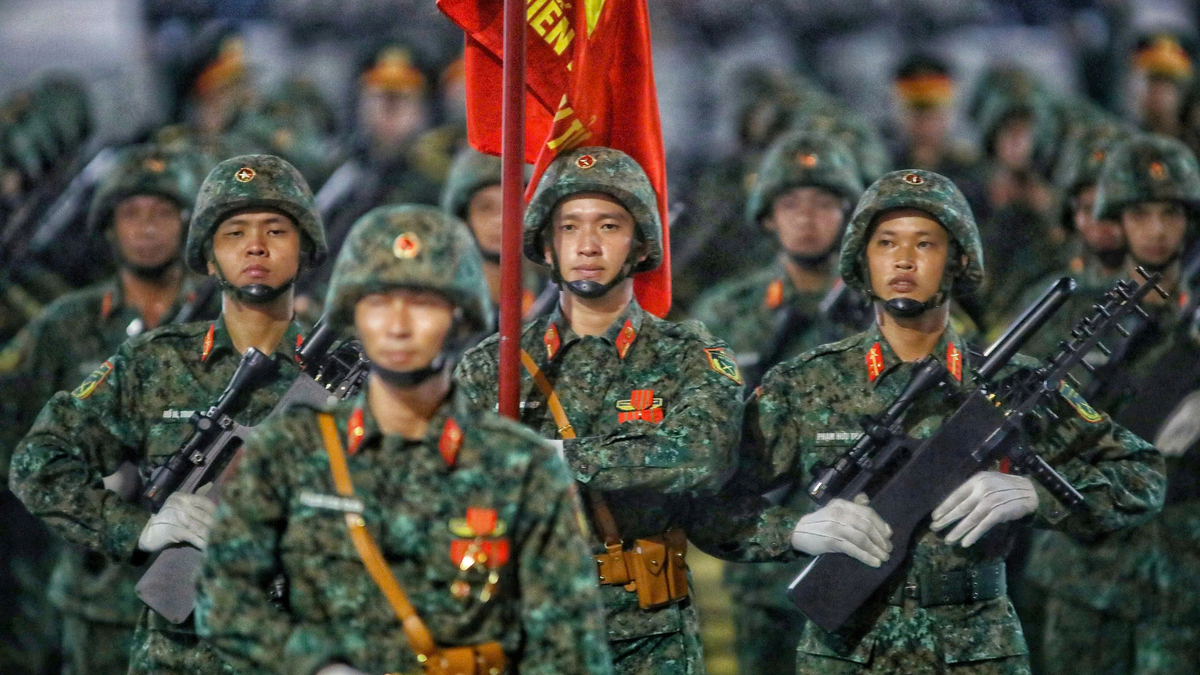
![[Photo] Images of the State-level preliminary rehearsal of the military parade at Ba Dinh Square](https://vphoto.vietnam.vn/thumb/1200x675/vietnam/resource/IMAGE/2025/8/27/807e4479c81f408ca16b916ba381b667)


![[Photo] Parade blocks pass through Hang Khay-Trang Tien during the preliminary rehearsal](https://vphoto.vietnam.vn/thumb/1200x675/vietnam/resource/IMAGE/2025/8/27/456962fff72d40269327ac1d01426969)
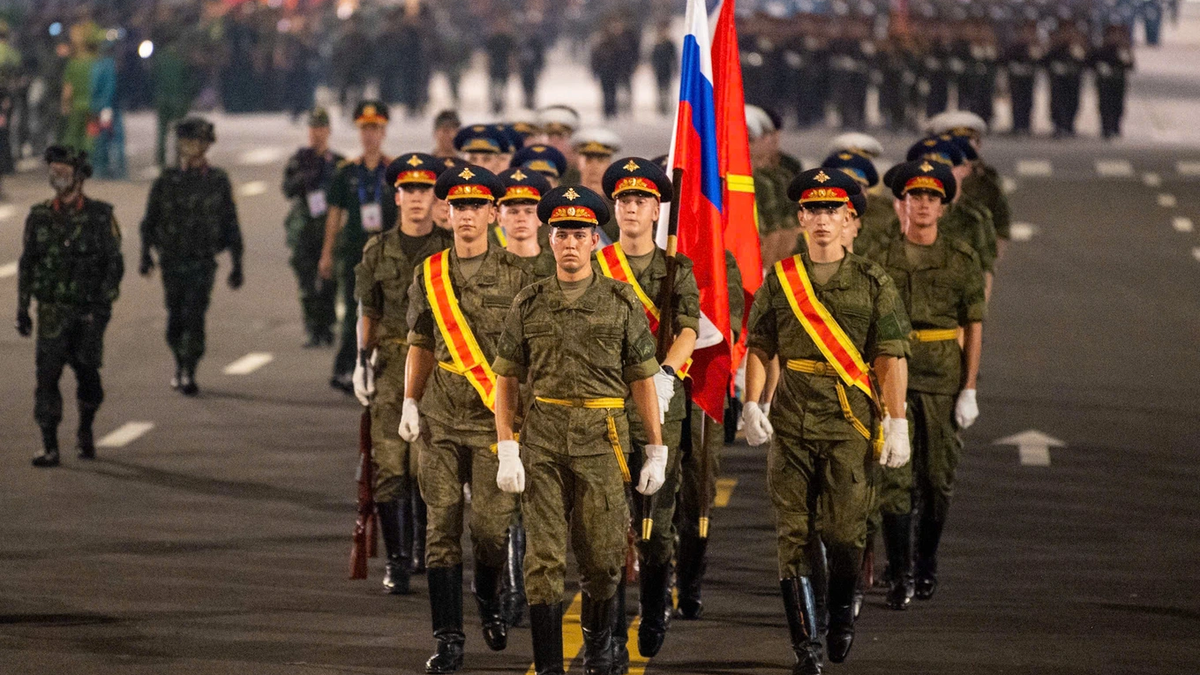





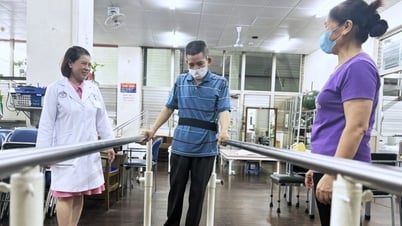

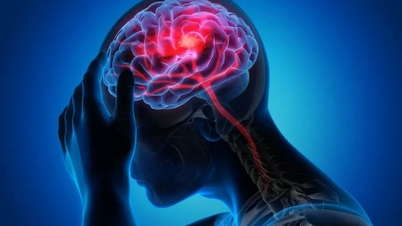




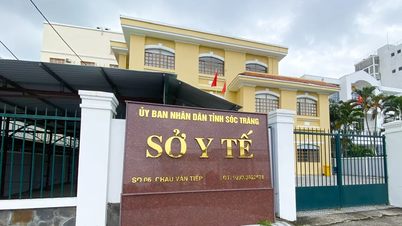

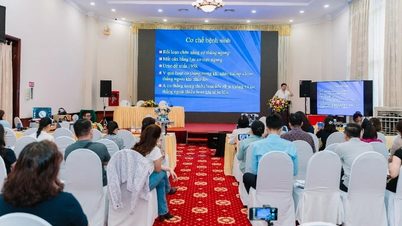








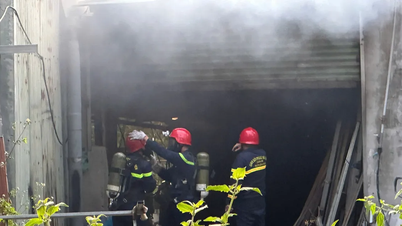

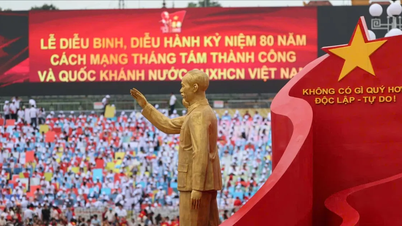
















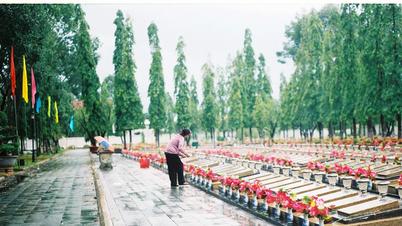
















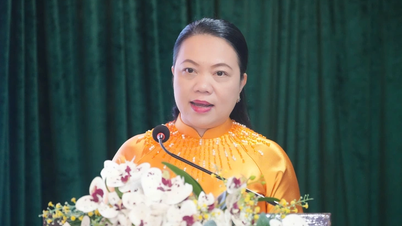
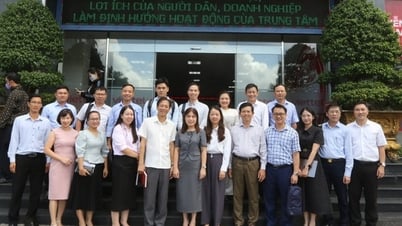





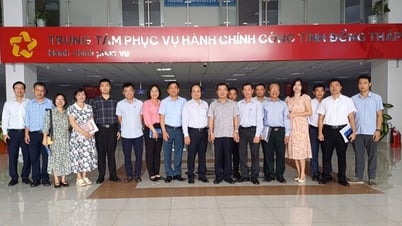
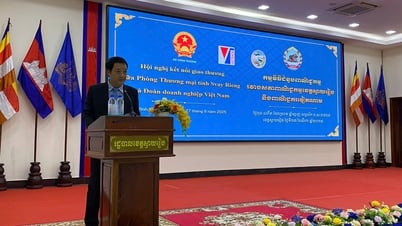
























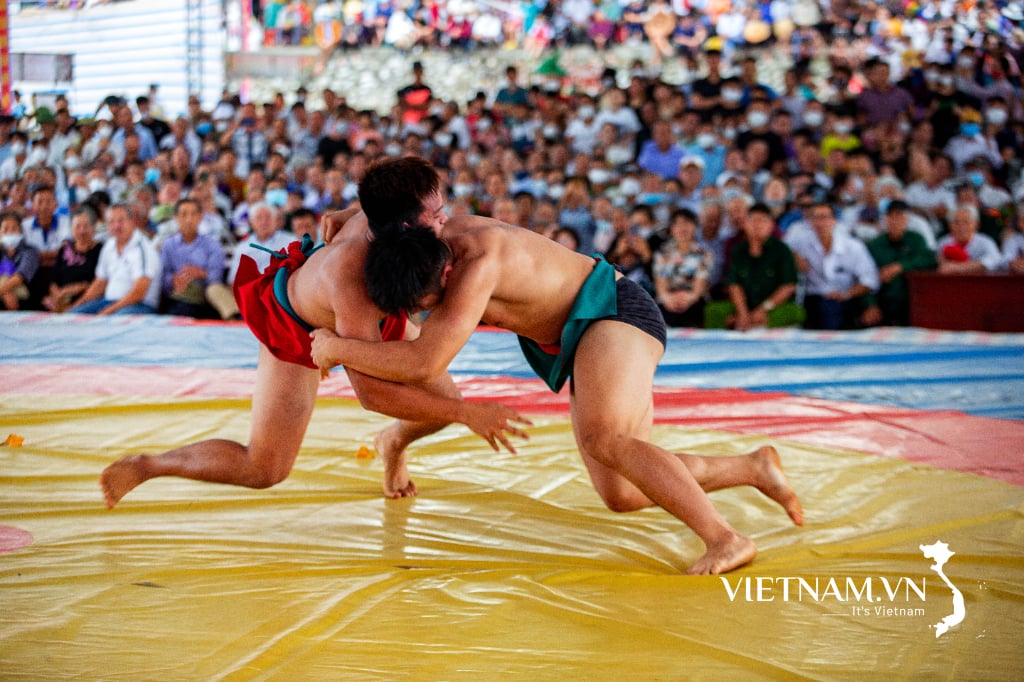


Comment (0)